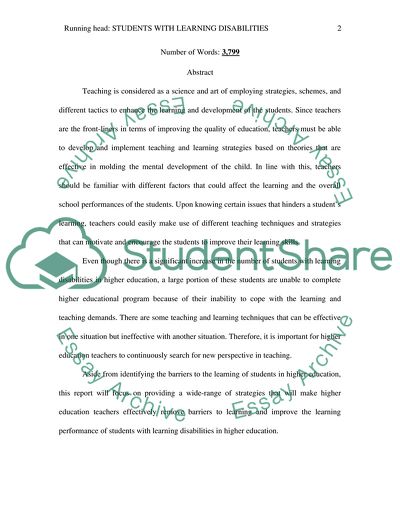Cite this document
(“Students with Learning Disabilities in Higher Education Annotated Bibliography”, n.d.)
Students with Learning Disabilities in Higher Education Annotated Bibliography. Retrieved from https://studentshare.org/education/1746316-a-literature-review-of-students-with-learning-disabilities-in-higher-education
Students with Learning Disabilities in Higher Education Annotated Bibliography. Retrieved from https://studentshare.org/education/1746316-a-literature-review-of-students-with-learning-disabilities-in-higher-education
(Students With Learning Disabilities in Higher Education Annotated Bibliography)
Students With Learning Disabilities in Higher Education Annotated Bibliography. https://studentshare.org/education/1746316-a-literature-review-of-students-with-learning-disabilities-in-higher-education.
Students With Learning Disabilities in Higher Education Annotated Bibliography. https://studentshare.org/education/1746316-a-literature-review-of-students-with-learning-disabilities-in-higher-education.
“Students With Learning Disabilities in Higher Education Annotated Bibliography”, n.d. https://studentshare.org/education/1746316-a-literature-review-of-students-with-learning-disabilities-in-higher-education.


